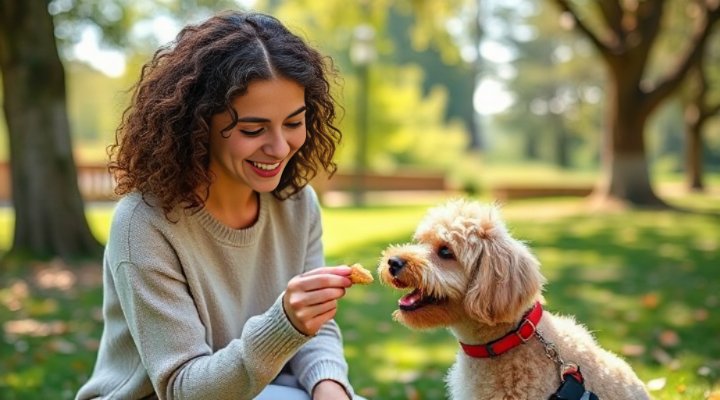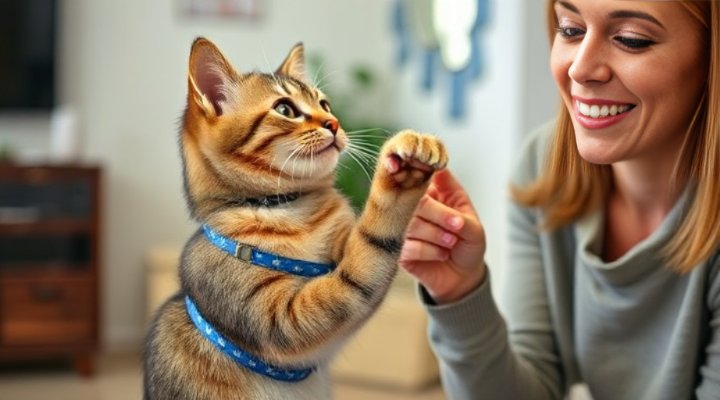Pet training is essential for building a strong bond between pets and their owners, ensuring good behavior and mental stimulation. In other words, when done correctly, training transforms your relationship with your pet from merely coexisting to truly understanding each other.

The Science Behind Effective Pet Training
Modern pet training methods are based on behavioral science principles. For instance, positive reinforcement – rewarding desired behaviors – has been proven more effective than punishment-based methods. Above all, this approach creates a positive learning environment where your pet actually enjoys training sessions.
Meanwhile, understanding your pet’s natural instincts is crucial. Dogs, being pack animals, respond well to leadership, while cats, being more independent, require different motivation techniques. As a result, tailoring your approach to your pet’s species and personality yields better results.

Getting Started with Basic Commands
Firstly, begin with simple commands like ‘sit’ or ‘come’. Further, keep sessions short (5-10 minutes) and end on a positive note. Most importantly, consistency is key – use the same words and gestures each time.
For example, when teaching ‘sit’, hold a treat near your dog’s nose, then slowly move it up and back over their head. As their head follows the treat, their bottom will naturally lower. Subsequently, say ‘sit’ as this happens, then immediately reward with the treat and praise.
Common Training Challenges and Solutions
However, challenges will arise. But on the other hand, these are opportunities to strengthen your bond. For stubborn behaviors, check out our guide on dog jumping training tips or learn how to walk a cat on leash for feline friends.

Advanced Training Techniques
Once basics are mastered, you can progress to more complex skills. The American Kennel Club offers excellent resources on advanced training techniques, while your local dog club can provide hands-on guidance.
Likewise, mental stimulation is as important as physical exercise. Teaching tricks or using puzzle toys keeps your pet’s mind sharp. In the same vein, regular training sessions prevent boredom-related behaviors.

Training for Specific Situations
Furthermore, specialized training prepares pets for real-world situations. Whether it’s traveling with your dog or helping them socialize, targeted training builds confidence.
In conclusion, scientific pet training methods create happy, well-adjusted pets and satisfied owners. To sum up, with patience, consistency and positive reinforcement, you can achieve remarkable results that last a lifetime.
Related Keywords: pet behavior, animal training techniques, dog obedience, cat behavior modification, reward-based training

